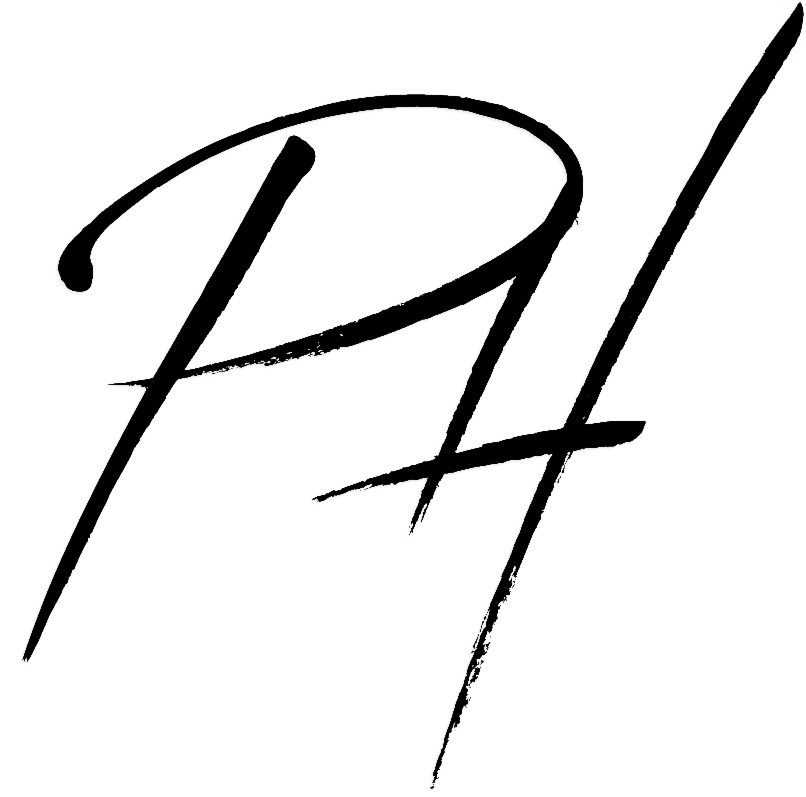OVERWATCH "THE LAST BASTION"
SOUND REDESIGN
Purpose
My mission statement for this project was fairly straightforward: “If I can recreate this as faithfully to the original as possible, it will influence my aesthetic and creative decisions going forward in my own work.” This was an exercise in analyzing the achievements made by Blizzard/Skywalker Sound, and I thought if I could produce something even halfway as effective as they did - I’d be in good shape!
This post will outline some of my processes for this redesign. My discoveries, successes, and even some of the failures (of which there were quite a few.) The most important takeaway: “Allow yourself time in your schedule to fail. Give yourself enough time to experiment and make some mistakes. While they may not work, they will often show you what does work, and most importantly – why.”
PROCESS
This Cinematic was a complex piece, with scenes varying in dynamic content, emotional weight, and density of the sound field. There were a lot of very subtle things - from the sound of Ganymede’s steps, to the individual insects on screen. In order to account for all of these, some pre-production was necessary.
Before I begin designing or laying in sfx, I first go through picture frame by frame, spotting markers for each event on screen. Every footstep, wing flap, and scene perspective change. While this process takes some time, it was absolutely invaluable. If you’re not already spotting for your linear projects, you should be! Start doing that.
After placing memory locations, I started pulling SFX in Soundminer. It really helps to know your library and have an idea of what sounds you have vs. things you’ll need to source elsewhere or record yourself. I didn’t have Pro Tools open at this point, I was just pulling SFX I thought might work. I like this approach because if you’re looking for something very specific, you may miss out on sounds that are great layers or sweeteners. I created a folder hierarchy in Soundminer’s spotting window, breaking things down into categories and further subcategories. Things like Mechanicals, Weapons, Organic, Foley, Ambiences - and some scene specific sounds. A few things I struggled with in my libraries were finding large mechanical foley and servos, weapons, and dirt/earth movements. For these, I picked up some libraries at Sonniss/A Sound Effect/ProSoundEffects, and then recorded the rest myself.
A lot of the digital UI sounds used for Bastion's interface I synthesized myself using various FM synthesizers. This was my first time really diving into NI's FM8, starting from a fresh patch and modulating different operators in the matrix. I also had some good results using Soundmorph's Galactic Assistant, just randomizing parameters and hitting record to have a ton of source to work with.
Below are just a few of the items I used for foley in this redesign:
Not pictured is the metal filing cabinet in my office; which ended up being the bulk of Bastion’s metal hits for transforming and mechanical foley, and an office chair which provided the pneumatic sounds for its walk cycle and hand movements. The mechanical transform needed to be deep metallic hits, so I recorded impacts in a separate "design" session at 192 kHz, to preserve resolution when pitching down several octaves.
Mixing required a lot attention to panning, compressing to manage transients, and making large dynamic scenes feel distinctly different from the quiet forest atmosphere. Ideally, most of the "mixing" should be done during the curation of SFX in the edit. If you're selecting and/or recording source sounds that have the right frequency and dynamic spectrum, there shouldn't be a whole lot of individual processing to be done at this stage.
“... recorded impacts in a separate “design” session at 192 kHz, to preserve resolution when pitching down several octaves.”
The entire process, from designing , premixing, to final mix – was highly iterative. One thing that I find greatly helps is to do a "daily audit." I'll bounce out a Quicktime from Pro Tools after finishing for the day, and set aside a few minutes to listen to it on the commute or at my studio at work. Then come up with a list of revision notes. This helps to identify and prioritize areas that need the most attention, and helps provide direction so I can jump right in when I next revisit the project. And I find it helps reduce those moments where you just love the sound of something you've been working on for hours, but the next time you open the session say "what the heck was I thinking with that sound?"
CLOSING THOUGHTS
With all that being said, this piece was a fun challenge and I had an absolute blast working on it. The juxtaposition between both mechanicals and organic nature scenes was exciting and forced me to constantly change my approach. I added some new items to the foley collection, learned some new tricks with FM synthesis, and developed a good workflow for auditing my work. Ultimately, while not a perfect 1:1 recreation, I feel like my work is faithful to the original cinematic. Special thanks to Blizzard for creating this beautiful piece, they sure know how to make a cinematic.
Thanks for reading. Until next time.
pax
